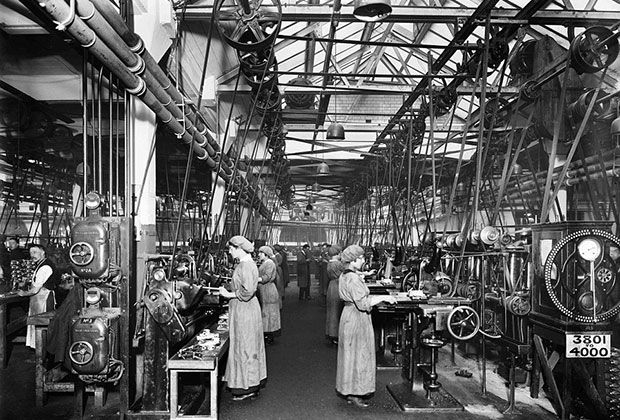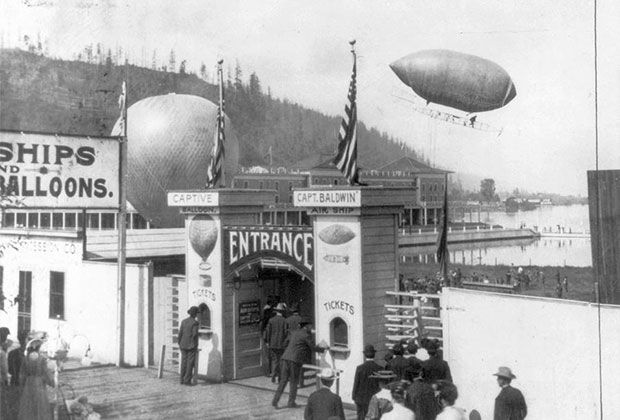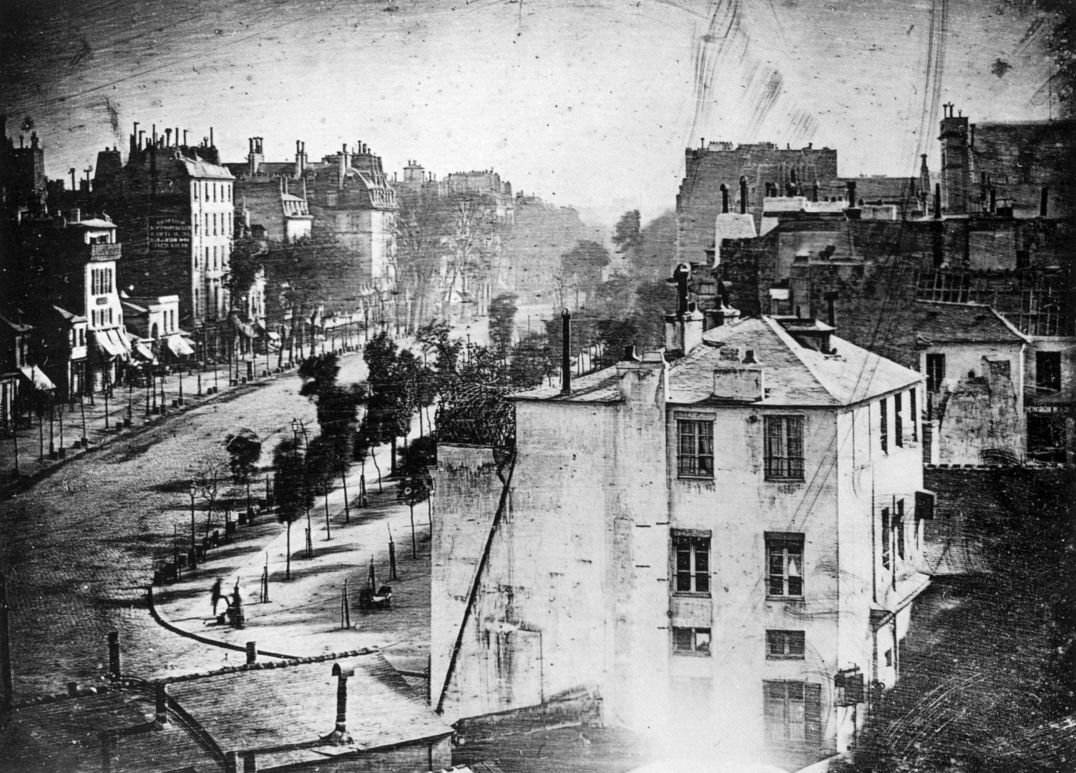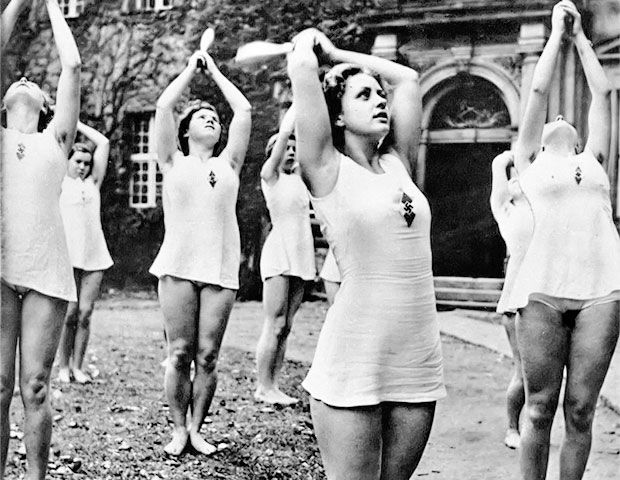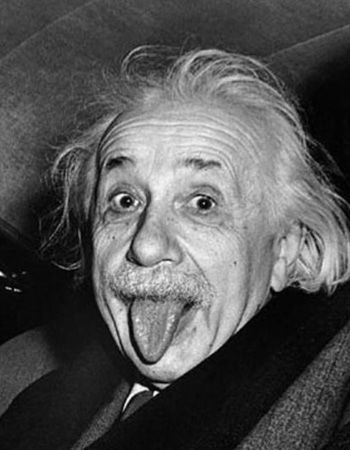
It's been a couple of years since I changed the site mainly because of health circumstances and of course a little thing called COVID 19!
Vintage photographs that I come across never fail to impress me!
In an age of digital photography and videography, it is amazing just how many great, enticing, unusual, exotic and erotic photographs exist from yesteryear.
So please enjoy the collection of vintage photos and the literature behind them!
